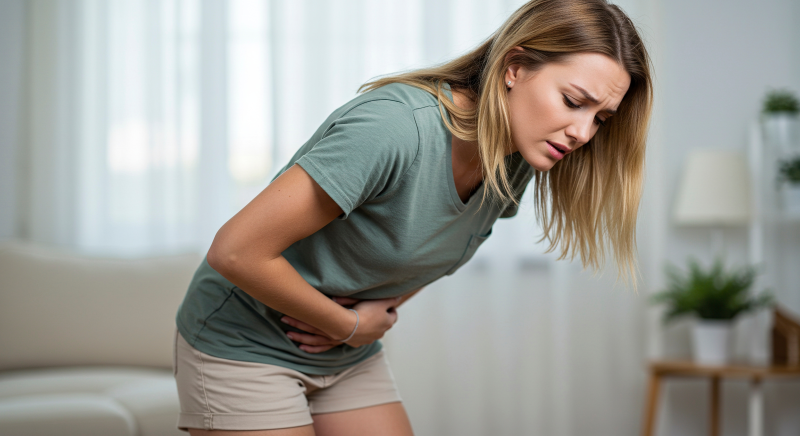I used to think my pain was just a “bad period”. That’s what we’re taught, right? That cramps and discomfort are just part of being a woman. But in 2019, the pain became unbearable — a monthly force that left me curled up on the bathroom floor, vomiting, sweating, dizzy, and completely disoriented. The pain came in waves, throbbing like a second heartbeat in my abdomen. Sometimes, I could take a painkiller in time. Other times, I’d throw it up before it had a chance to work. Those were the worst days or nights — when I knew I was heading to the emergency room again.

At a hospital in Sydney, I was treated for pain, but never with answers. Eventually, a gynaecologist suspected a cyst and recommended surgery. I paid out of pocket — $6,500 for a laparoscopy. It was meant to last 40 minutes. It took four hours. The results changed everything: I had severe endometriosis, not a cyst, and it had spread extensively throughout my abdomen.
I woke up alone. It was during the COVID lockdown, and no visitors were allowed. I felt scared, disoriented, and totally unprepared. No one had ever even explained what endometriosis was. Recovery was difficult. I ended up back in the hospital with my next period — the same level of pain as before. It felt like my body had gone through a war.
At the time, I was fortunate to have a compassionate manager who allowed me to take the time I needed and supported me without invasive questions. But I couldn’t shake the frustration: how was it that a disease affecting one in nine women was still so misunderstood, so under-researched?
I tried a hormonal IUD to help manage the endo, but it triggered mood swings, bloating, and emotional instability that strained my personal life. I had it removed after six months.
For a while, I convinced myself I was fine. But in late 2024, I started feeling a familiar pressure. My gynaecologist recommended a second laparoscopy. We scheduled it for March 2025. Once again, the surgery had to be upgraded — the endo was back and severe. My left ovary was buried in scar tissue.
What shocked me most this time wasn’t just the physical toll but the change in how I was treated at work. I was met with resistance when I asked to work from home. No one checked in. Despite working under female leadership, I felt invisible and unsupported.
Now, I’m committed to exploring alternative medicine and holistic care — focusing on prevention, pain management, and emotional recovery. Endometriosis isn’t just physical, it affects your finances, career, and sense of self.
We need more than awareness. We need dedicated research, better diagnostic tools, nutritional guidance, and workplace protections.
Endometriosis is not just a women's health issue — it’s a public health issue. And we deserve better.
 Skip to main content
Skip to main content